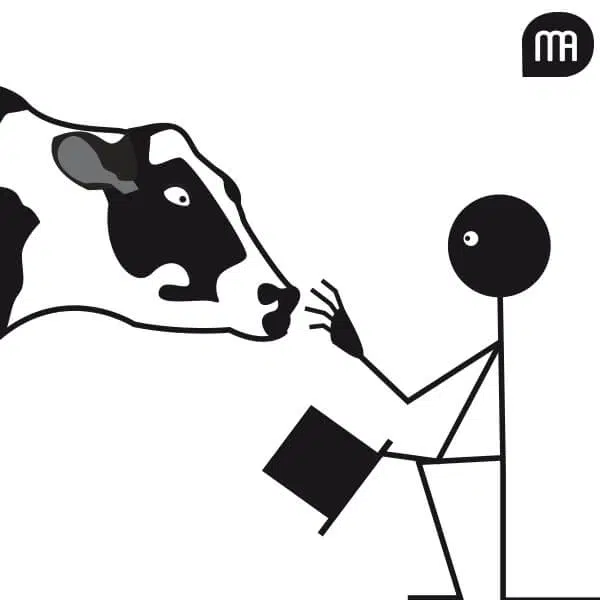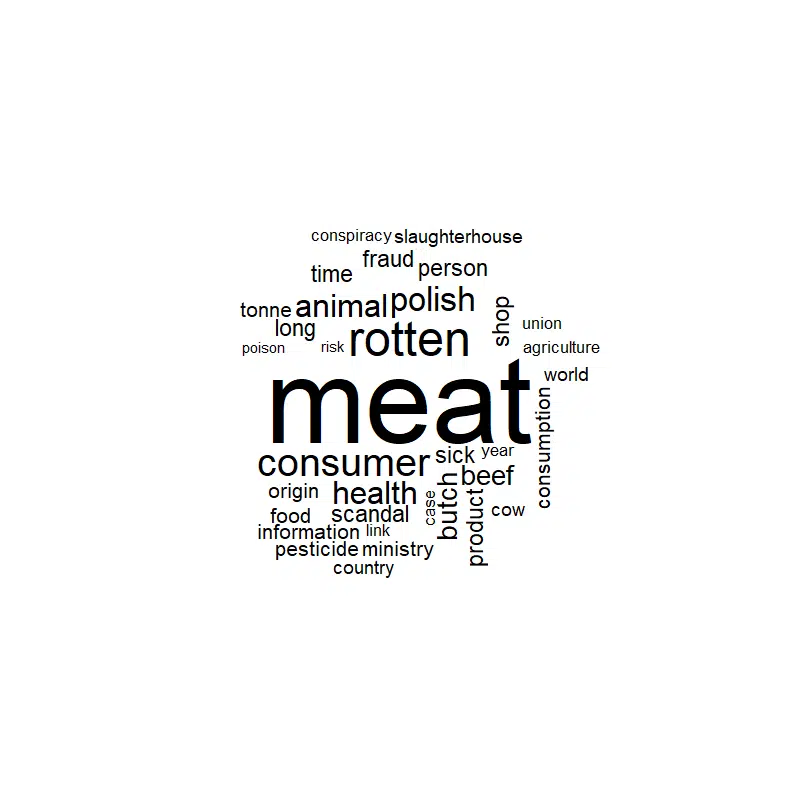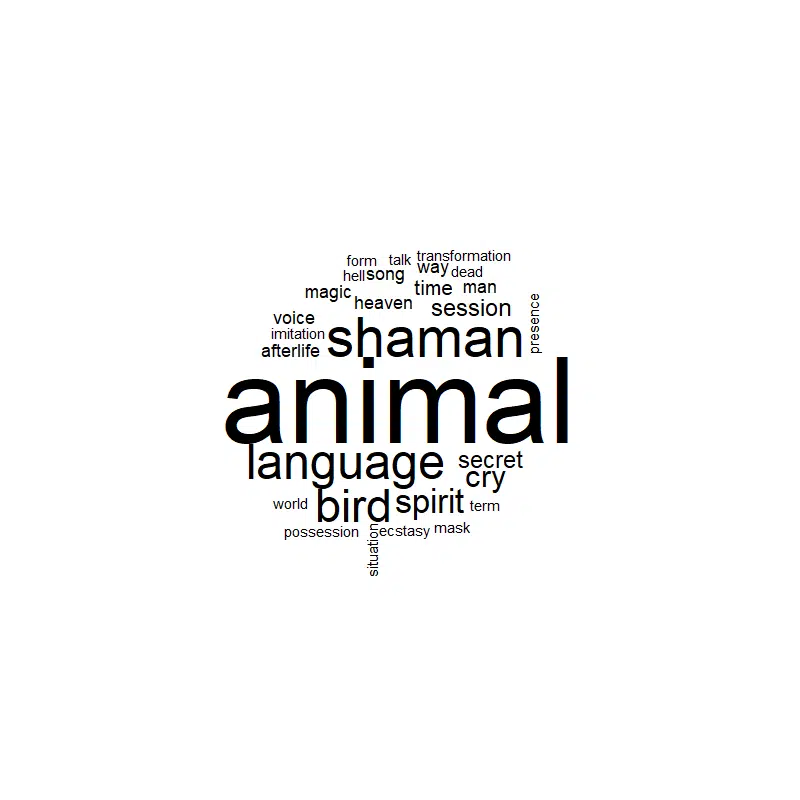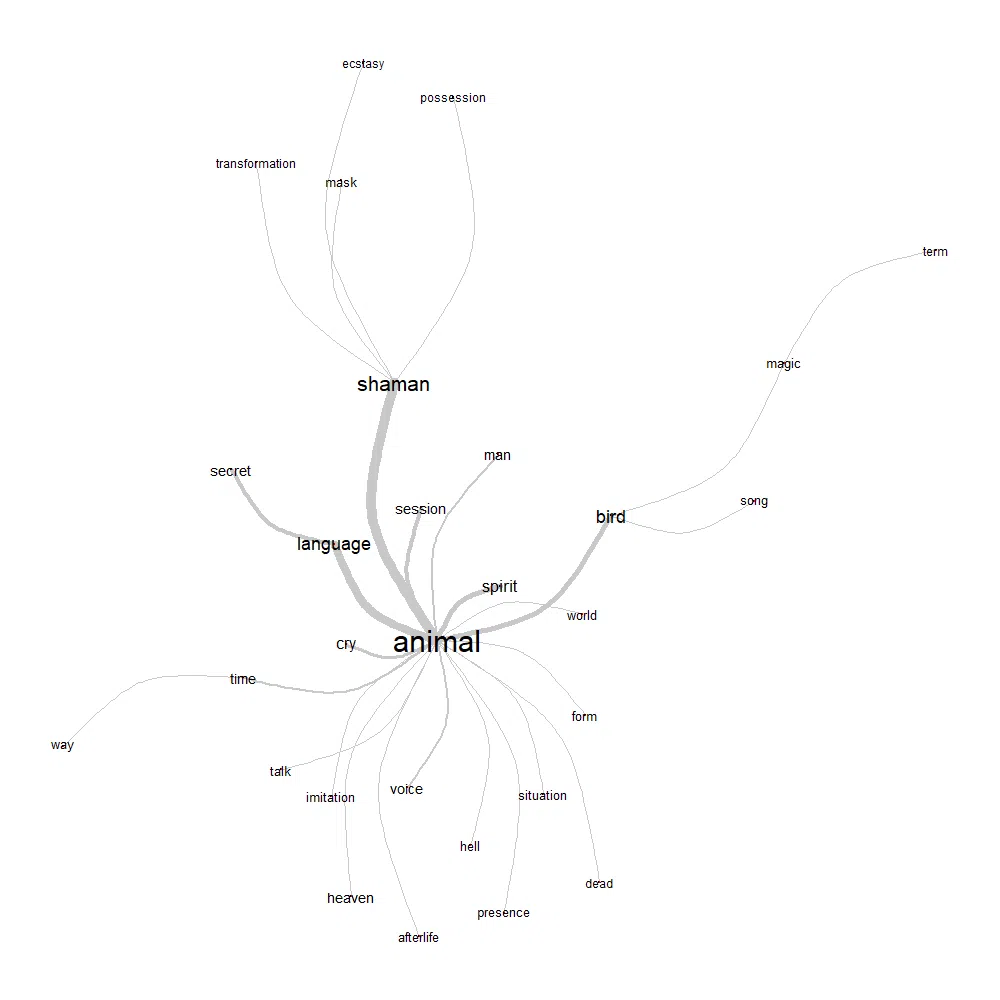 When we refer to “stakeholders,” we assume that interests are at stake. This applies to a given situation, for example a plant closure or a redundancy plan, or without reference to a particular situation – when, for example, a company is wondering how to involve stakeholders on a regular basis in its activities (1). The association between “stakeholders” and “interests” seems all the more natural as it is contained in the term “stakeholder.” Stakeholder means “bearer of claims or interests” (2). But would a stakeholder approach that did not consider interests make sense (3)? After all, some stakeholders cannot express their interests. This is the case, for example, for animals, plants and ecosystems. An immediate answer is that they can be represented, but this answer presupposes the concept of interest. Another answer is to consider that we can do without the concept of interest. To discuss this question, we start from a semantic analysis based on a textual corpus relating to the recent case of Polish animals whose rotten meat has been marketed in the European Union. We compare its results with those of another semantic analysis conducted on a textual corpus unrelated to the first, but which may shed light on our question.
When we refer to “stakeholders,” we assume that interests are at stake. This applies to a given situation, for example a plant closure or a redundancy plan, or without reference to a particular situation – when, for example, a company is wondering how to involve stakeholders on a regular basis in its activities (1). The association between “stakeholders” and “interests” seems all the more natural as it is contained in the term “stakeholder.” Stakeholder means “bearer of claims or interests” (2). But would a stakeholder approach that did not consider interests make sense (3)? After all, some stakeholders cannot express their interests. This is the case, for example, for animals, plants and ecosystems. An immediate answer is that they can be represented, but this answer presupposes the concept of interest. Another answer is to consider that we can do without the concept of interest. To discuss this question, we start from a semantic analysis based on a textual corpus relating to the recent case of Polish animals whose rotten meat has been marketed in the European Union. We compare its results with those of another semantic analysis conducted on a textual corpus unrelated to the first, but which may shed light on our question.
1.
Recently revealed to the public, the case of rotten Polish meat involves interests, in particular those of consumers, traders in the sector, public authorities, the press and NGOs. We could add the animals themselves, i.e. cattle intended for human consumption. The article in the newspaper Le Monde of 2 February 2019 noted that
“the case was revealed by the investigation of a journalist from the Polish TVN24 channel, who spent three weeks in a slaughterhouse in Kalinowo (northern Poland). He published images of cattle dragged with the rope around their necks, obviously sick, squeezed into a truck, then stacked carcasses and meat quarters visibly unfit for sale.” (4)
According to this extract, the “interests” of the animals concerned were clearly violated. These interests are often interpreted in terms of rights. For instance, Florence Burgat and Robert Dantzer noted that these rights could “be conceived and developed on the basis of the interests of individuals and the specific needs of the species to which they belong” (5). One would expect that the interests or rights of the animals concerned by this case would be present in the textual corpus comprising the aforementioned article from Le Monde and the hundred or so associated comments. To get an idea, we conducted an analysis of this textual corpus using Iramuteq free software. Here is the word cloud resulting from the processing: 

2.
Let us now consider another textual corpus, responding to our objective of identifying a world without interests. We have sought to describe a world in which animals occupy a place equivalent to that of humans, in order to obtain a very different representation of the meanings conveyed by the previous textual corpus. In a book on shamanism, the philosopher and religious historian Mircea Eliade describes a world of this kind (6). It is a “paradisal” world, belonging to mythical times, a world where “man lived at peace with the animals and understood their speech” and where “mystical solidarity between man and animal” prevailed. Here’s what Eliade says:
“By virtue of this [solidarity], certain human beings are able to change into animals, or to understand their language, or to share in their prescience and occult powers. Each time a shaman succeeds in sharing in the animal mode of being, he in a manner re-establishes the situation that existed in illo tempore, in mythical times, when the divorce between man and the animal world had not yet occurred.”
We have selected a few pages relating to the role of “helping spirits in animal form,” which intervene when the shaman prepares his “ecstatic journey to the sky or the underworld.” As in the case of the article in Le Monde, the text corpus was submitted to the Iramuteq software. Here is the resulting word cloud: 
3.
The previous sections presented two different worlds. This is not surprising, since the second one has been selected to be radically different from the first. What can we learn from such a difference? The first world – that of the stakeholder approach – is characterised (i) by the identification, evaluation and satisfaction of often divergent interests. This rationalist vision presupposes (ii) that these interests are understood by the various stakeholders. The problem is that (i) and (ii) can only be reconciled if the interest holders are human beings (7). If, for example, animal “interests” are at stake, the “understanding” between stakeholders – which constitutes condition (ii) – is thorny and perhaps even impossible (8). This is why proponents of stakeholder approaches invoke the possibility of representing interests that are incomprehensible to human beings. Such a possibility, they believe, allows the stakeholder approach to satisfy condition (ii). Let us look at the world of “mystical solidarity between man and animal” described by Mircea Eliade. In this world, the statement (ii) above, relating to the mutual understanding by stakeholders of their “interests,” is verified by definition because of the link of solidarity between humans and animals. But it is the affirmation (i) – the identification, evaluation and satisfaction of often divergent interests – that is problematic this time. For a very simple reason: in the world of “mystical solidarity between man and animal,” there is no need to identify, evaluate and satisfy interests. And perhaps there is no “interest” in it, only a fundamental unity of the cosmos in which every living being participates.
4.
The answer to our initial question – Does a “no-interest” stakeholder approach make sense? – is therefore negative. Any stakeholder-based approach needs interests. But the counterpart of this compelling need is the misunderstanding, even unintelligibility, of what non-human stakeholders have to say. Of course, advocates of the stakeholder approach can invoke the high rationality and neutrality of their method. Doesn’t reducing animals to “interests” protect them from any interference from human beings on the way they live in their own worlds? It is like saying to them, in a liberal vein: “Tell us in human terms what your interests are; we will try to satisfy them; for the rest, lead your life as you wish, it is none of our business.” But this recognition of an irreducible difference between the human and non-human worlds is not enough. It does not exempt the stakeholders’ approach from the criticism of unintelligibility that is levelled at it. And it confines human beings to a position of exteriority to the natural order. Alain Anquetil (1) This corresponds to the meaning of “stakeholder” according to the French CNRTL dictionary : “being a stakeholder” means “actively participating in a company or project.” (2) Stakeholders are “people who have an interest in a company’s or organization’s affairs” (Collins Dictionary). (3) We simplify by using the singular. There are several stakeholder approaches. (4) “L’intégralité de la viande polonaise avariée écoulée en France finalement identifiée, » Le Monde, 2 February 2019. In English, see “Sick cow’ meat scandal in Poland: fears raised over other slaughterhouses,” The Guardian, 1 February 2019. (5) F. Burgat and R. Dantzer, “Introduction,” in Les animaux d’élevage ont-ils droit au bien-être, F. Burgat (dir.), INRA Editions, 2001. (6) M. Eliade, Le shamanisme et les techniques archaïques de l’extase, Payot, 1968, tr. W. R. Trask, Shamanism: Archaic techniques of ecstasy, Arkana, 1989. (7) However, this point is debatable if we consider radically different human cultures. (8) An example. In a recent programme broadcast on France Culture, biologist Yves Christen highlighted the issue of understanding between humans and animals: “A study published in Science a few years ago showed that when comparing the different great apes, there is practically no difference in what corresponds roughly to the intellectual coefficient. The differences that exist relate to social intelligence. I think this is true, but the article in question fails to demonstrate this, because in the article, you have little humans who have been tested on their mothers’ lap by a human being, while the monkey has been tested in front of a human being. Therefore, I don’t consider that this kind of experiment allows us to test social intelligence; since we do not give it the means: it should have been tested by another monkey of its kind.” (“Humanity, animality: where are the borders?” in “L’animal est l’avenir de l’homme (1/5),” France Culture, Matières à Penser, 4 February 2019.) [cite]





